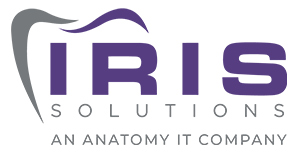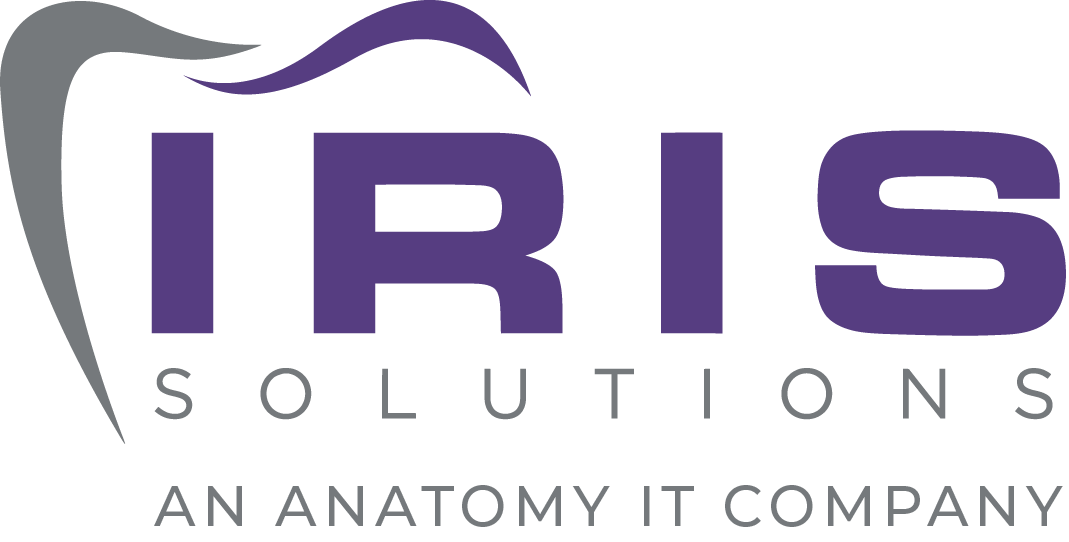The Bits and Pieces of a Network.
We have all heard the term “Network”. But what does it actually mean?
A computer network is defined as a set of computers connected together for the purpose of sharing resources. The most common resource shared today is a connection to the Internet. Other shared resources can include a printer or a file server.
Here is a list of the different parts and considerations of a business IT network.
Server Environment
Servers are more than expensive boxes you put in your server closet and replace every 4-5 years. The server is where you store your company files. It is where you establish rules and manage your end user devices (aka workstations/computers). How old is your server? Do you know what operating system it is running? Do you have a plan in place for when you are going to replace the server or are you going to deal with it whenever it starts to fail? (Waiting is bad. This is a business risk if you wait. Don’t be reactive. Be proactive. Have a plan.)
Application Delivery
(Application= Software) How are your business applications stored? Are they in the cloud? Are they on the server? If they are in the cloud, how fast is your internet speed to reach the application? If your line of business software is hosted on your server, how many software licenses do you need so that your staff can work? Do you need additional licenses for tablets?
Print Environment
Your printers can be shared throughout the network. How many printers do you have in the office? Is there one that is shared by everyone? Or do you have multiple types sprinkled throughout the office?
End User Devices
First and foremost: A “device” is the technical word for the computer, laptop, or tablet. A network server allows you to monitor and manage these devices.
How many devices do you have in the office? Do you know when the warranty is up on each device? What operating system is on each device? Are they being updated regularly?
Network
How are your computers connected? Do they go to the server? Or are they free agents? (Free agents = a business risk, by the way.)
Security
The basics of a secure business network include the following. A Firewall for your network. Antivirus on each device (including your server). Spam Blocker for your email. Group Policies on every device. Scheduled updates for your operating systems and for your applications. These are what makes a network secure.
Backup
A backup is a digital copy and archive of a computer so that it may be used to restore the original in the event of data loss. Do you have a backup? Do you know what it covers? Does it backup your files on the server? What about your email? How does the backup occur? Is it redundant? Is it in the cloud? Is it onsite? Do you have a copy saved at home? How current is your most recent backup? How long would it take to restore your network if the server crashed? How would that affect your bottom line, your team’s morale, and productivity?
Policies and Procedures
These are standards which apply to the end user’s behavior and habits while using the devices. Do you have an internet protocol agreement for each new employee? What are your policies regarding how and where documents are stored? Did you warn your team about suspicious emails with suspicious zip files or suspicious links?
All in all– your Managed Service Provider (MSP) should be able to provide you with this information via a network assessment.
Evaluate your MSP’s Network Assessment. Here are some questions to help you.
- [icon type=”chevron-circle-right” class=”accent fa-li”]How clearly is the Network Assessment presented? Do they have a dashboard or a point form of critical issues?
- [icon type=”chevron-circle-right” class=”accent fa-li”]Is the content crafted specifically for you and your office?
- [icon type=”chevron-circle-right” class=”accent fa-li”]Does the MSP share the details of the assessment for each device?
Understand that a Network Assessment is a way for you and your MSP to get on the same page regarding the health of your network. They help you, as the business owner, manage your capital expenditure budget. Hardware is an investment into the business. If your network is fresh- you will reduce the number of IT headaches and hits in office morale. Little things matter. We take technology for granted. Downtime is expensive. However, through working with your MSP, you can reduce the risk of devices crashing and make educated decisions on how to invest in your business’ productivity.
Reach out to us to check the health of your network.


